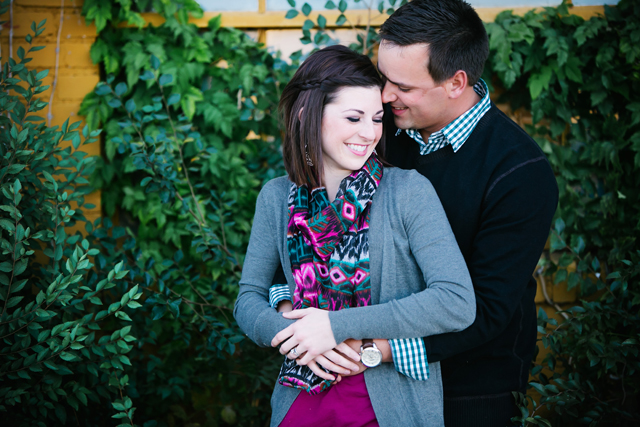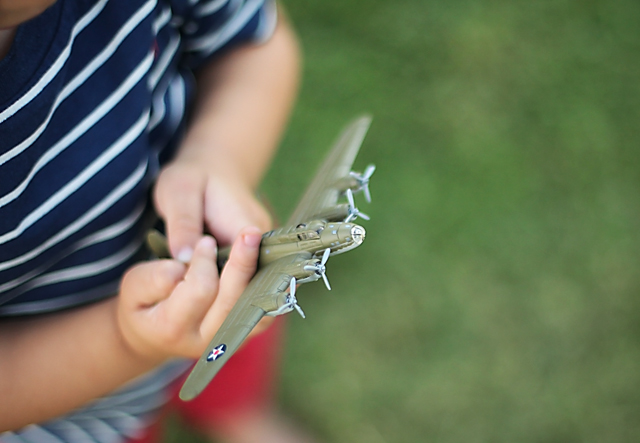Hello fantastic photographer! Yep, you. The best photographers are the ones who are always learning & practicing to improve their trade. You are here to learn, and that makes you great! So, whether this is the first photography article you have read… or your zillionth… I’m excited to share with you what I can.
In the last few years, I have had so many friends who have gotten a “fancy” camera and have contacted me saying, “Um. What do I do now?” Or worse… they don’t ask and are trapped on auto FORE.EHHH.VER. So, from choosing the right camera to understanding basic settings, I hope I can shed some light on the complicated world that is digital photography. Let’s jump right in! Today, I’m going to tell you what a DSLR camera is, what separates it from a point-and-shoot camera, and how to pick the best camera for your needs!
![]()
DSLR stands for Digital Single-Lens Reflex. Light travels through a single-lens and a mirror reflects light up and through the viewfinder at the back of the camera. So, the image you see when you look through the viewfinder is the same image that will be captured on the sensor inside the camera. In order to create the the photo, the mirror that reflects light to the viewfinder swings upwards (blocking the light from traveling to the viewfinder.) The shutter of the camera then opens to let light pass directly onto the sensor where an image is recorded. The shutter then closes, and the mirror drops back into place. This all happens in a fraction of a second… Wowzers.
![]() There are quite a few differences between your basic digital point and shoot camera and a DSLR Camera. Can great images be made with both? Yes, actually. However, a DSLR is designed with a number of distinct features that will help you to create fantastic images in a variety of situations.
There are quite a few differences between your basic digital point and shoot camera and a DSLR Camera. Can great images be made with both? Yes, actually. However, a DSLR is designed with a number of distinct features that will help you to create fantastic images in a variety of situations.

This engagement photo of me and the hubs was taken with a point and shoot in 2006.

This is what a fantastic professional photographer can accomplish with a DSLR. Photo credit www.LaurenClarkPhotography.com
So, what makes the photos so different?
- Sensor size: One of the primary differences between the two cameras is the size of the sensor inside the camera (remember this is the part that captures the image.) The sensor size also varies among DSLRs, but overall, DSLRs have a much larger sensor than a point and shoot. Larger sensors are important because they produce images that are clearer with less “noise” or grain and super quickly. Larger sensors mean just a better quality photo all around.
- DSLRs offer a much wider range of manual controls than point and shoot cameras. Everything from white balance to shutter speed and aperture can be manually controlled on a DSLR. This allows you to control all aspects of the image. You might be thinking… that’s great.. what the heck is aperature and why does shutter speed matter? Well… We will get into that later. But for now, just know that it is good that you can control them.
- DSLRs are faster to focus and capture the photo. This means you can take more quality photos and in less time. Think about your point and shoot for a minute. You hold down the button, the camera focuses, and then maybe flashes and then finally creates an image that is displayed on the reverse side of the camera. DSLR cameras can take multiple shots per second.
- DSLRs also allow users to change lenses and therefore change the depth of field. Depth of field refers to how much of the photo is in focus. A shallow depth of field means that less of the photo is in focus. This results in a blurrier background or what is called “bokeh” in the photography world. In other words… you can make your kiddo playing with his toy airplane stand out from the rest of the background capturing what is really important about that moment.

![]()
People can get pretty ugly in the argument of who makes the best DSLR camera. I mean… go down fighting to defend their brand…ugly. It’s pretty ridiculous, honestly, because a lot of it comes down to personal preference, but there are a few things you need to consider when choosing the type of camera for you. The two leading brands are Canon and Nikon. I have to be honest and say that I have never sat down and compared the two. I shoot Canon because… that’s what my husband bought for me 5 years ago. If he had chosen a Nikon, I would be a Nikon girl today – simple as that. I just asked him why he chose Canon, and he said, “I dunno… it had better reviews on the color…” Like I said – personal preference. Yes, there are brands other than Nikon and Canon, but safely, these two brands will have parts and lenses the most widely available. On Amazon.com right now, there are 721 Canon cameras and camera bundles, 541 Nikon camera and camera bundles and 342 Sony camera and camera bundles.
Camera bodies are usually broken down into three (sometimes four) categories. Amateur, Semi – Professional and Professional. If you are just starting out, shop amateur and save your money for nicer lenses later.There are some great bundles available with camera body, a couple of beginner lenses, camera bag, battery, memory cards, filters etc. in this category. What separates the categories? Features, sensor size & $$$. Simple as that. You can expect to spend between $500 – $800 for an amateur kit. For semi-professional cameras think around $1100 – $1500 for body only. Professional cameras are upwards of $3,000 for the camera body only. There are some great articles available online explaining the differences between these levels of camera bodies if you are interested further. For the purposes of this article, my recommendations in the amateur category are Canon T3i, and Nikon D3200.
I would really suggest doing further research if you intend to take this purchase any further than your own backyard. Also, you can always consult your local photo video store to go into further details between camera body styles. Baker Photo Video in Yukon, OK was so helpful in our early years of camera and lens purchases. Find your local shop and bug them. They don’t mind. As a matter of fact, they will love it and all of the money that you will spend there.
OKAY, SO I HAVE MY DSLR… NOW WHAT?
Now that we know what a DSLR is and why we want one… it is time to explore what they can do! Check back this week to learn about navigating the different camera modes! Yes. We are going where few beginners have gone before… Off of the green auto box!
WITH LOVE.






